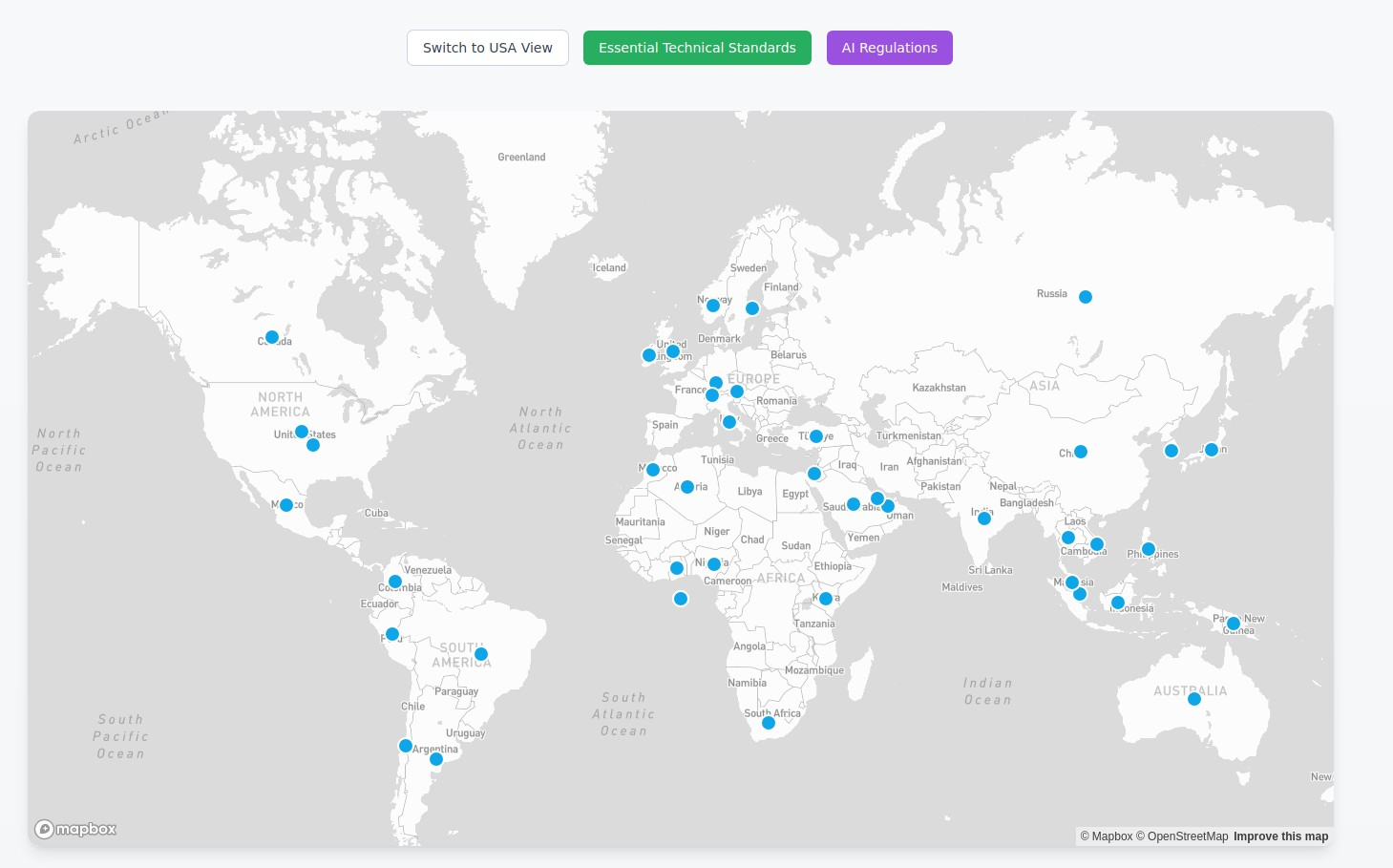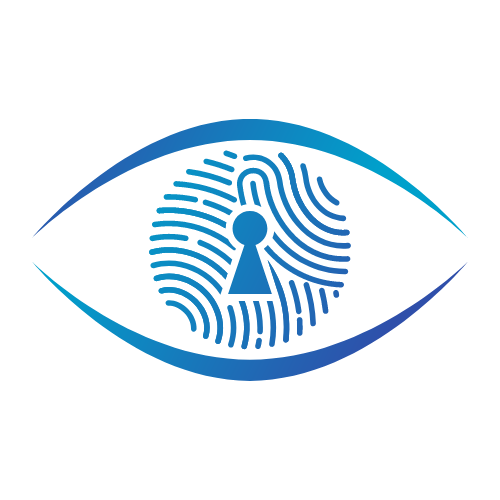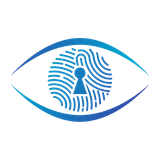Navigating the Regulatory Labyrinth: How GRC Platforms are Revolutionizing Compliance Management

In an era of relentless digital transformation and an ever-expanding regulatory landscape, organizations face an escalating "compliance multiplication challenge". Compliance teams are frequently overwhelmed by disparate tools, manual processes, and the sheer volume of overlapping requirements across numerous frameworks like SOC 2, GDPR, HIPAA, and ISO 27001. This often leads to significant hidden costs, duplicated efforts, and a pervasive sense of "audit fatigue". However, technology, particularly Governance, Risk, and Compliance (GRC) platforms, is emerging as a powerful solution to fundamentally support and transform the entire compliance management process.
The Core of GRC Transformation: Centralization and Automation
At its heart, GRC automation aims to slash audit costs, improve efficiency, and minimize risk. Modern GRC platforms provide a centralized repository for all compliance data, including policies, controls, and evidence, moving away from fragmented, manual approaches that rely on spreadsheets, shared drives, and email chains. This creates a "single source of truth" for compliance information, which is essential for effective and consistent management.
A key aspect of this transformation is the automation of highly administrative or complex GRC processes. For instance, GRC platforms can automate the collection of audit evidence by connecting directly to an organization's tech stack, pulling necessary data, compiling it, and mapping it to relevant compliance requirements in real-time. This dramatically reduces manual effort, human error, and the need to repeatedly chase colleagues for files or screenshots. Workflows for tasks such as risk assessments, policy management, and remediation can also be streamlined, making them more efficient, reliable, and scalable.

"Test Once, Comply Many": The Power of Control Harmonization
One of the most significant benefits of leveraging GRC platforms is their ability to enable a "Test once, comply many" strategy. Many regulations, despite their different focuses, share numerous common fundamental objectives and overlapping controls related to protecting sensitive data, ensuring system security, and maintaining operational integrity. For example, a single, well-implemented access control system can satisfy requirements across multiple frameworks like SOC 2, HIPAA, ISO 27001, NIST, and GDPR.
GRC solutions, often utilizing approaches like the Common Control Framework (CCF) or the Unified Compliance Framework (UCF), can automatically map policies and controls to multiple compliance criteria across various frameworks. This process identifies where controls overlap, allowing organizations to implement solutions once that satisfy multiple requirements, thereby eliminating duplicate work, reducing redundancies, and saving thousands of work hours and excessive auditing fees annually.

Enhanced Visibility and Proactive Risk Management
Technology provides real-time dashboards and insights into compliance status and overall security posture. This capability facilitates continuous monitoring of controls year-round, enabling organizations to identify control deficiencies, gaps, and non-conformities as they happen and immediately begin remediation. This proactive approach helps catch problems when they are small, preventing them from escalating and significantly reducing overall risk and the effort required to maintain compliance.
Furthermore, GRC platforms facilitate precise risk interpretation and assessment by offering comprehensive risk libraries and customizable risk registers to manage risks accurately. Effective risk identification helps prioritize control testing and remediation activities. Features like AI-driven vendor risk scoring can also enhance third-party risk management processes.

Adapting to an Evolving Regulatory Landscape
The regulatory environment is constantly changing, with frequent updates and new regulations emerging globally. GRC platforms help organizations stay aligned with these evolving requirements by mapping controls to specific regulations and standards. They can automate the monitoring of regulatory changes, assess consequent risks, and manage necessary updates to contracts and policies, which is particularly important in industries like financial services where regulations frequently evolve, such as with the EU's Digital Operational Resilience Act (DORA). DORA, for example, introduces new requirements for managing critical third-party providers, emphasizing comprehensive due diligence and robust contractual provisions.
Operational Efficiency and Cost Reduction
The strategic implementation of GRC automation can lead to substantial financial and operational benefits. Organizations that automate GRC have reported significant reductions in audit costs, with some achieving an 80 percent reduction. This automation also saves thousands of work hours annually by streamlining administrative tasks and reducing the need for duplicate efforts across different audits and frameworks. This enhanced efficiency helps to alleviate "audit fatigue," allowing teams to focus on strategic initiatives rather than repetitive compliance tasks.

Leveraging Advanced Technologies
Beyond core GRC functionalities, advanced technologies are further enhancing compliance management:
- Artificial Intelligence (AI) can automate complex processes, predict patterns, identify risks, and augment human expertise. AI use cases in compliance include anomaly detection, malware detection, incident response, phishing detection, and vulnerability detection. AI-driven compliance tools can also automate reporting and dynamic risk assessments.
- Privacy-Enhancing Technologies (PETs), such as Fully Homomorphic Encryption (FHE), are gaining recognition from regulators for their role in supporting data protection and privacy during cross-border data transfers.
- Blockchain can be adopted for immutable supply chain records, enhancing transparency and security, particularly in third-party risk management.
- Extended Detection and Response (XDR) platforms provide unified visibility across endpoints, networks, and cloud environments, which is crucial for robust cybersecurity measures required by evolving regulations.
In conclusion, GRC platforms are not just a tool for compliance; they are a strategic asset that transforms the compliance function from a reactive, burdensome activity into a proactive, efficient, and continuously managed program. By centralizing data, automating workflows, enabling continuous monitoring, and harmonizing controls across multiple frameworks, these technologies empower organizations to navigate regulatory complexities with greater agility, reduce costs, strengthen their security posture, and build enhanced trust with clients and partners.








